يحاول ذهب - حر
Get coding on the Raspberry Pi 64-bit
February 2021
|Linux Format
John Schwartzman demos using assembly language code for the 64-bit Raspberry Pi to call Linux kernel services and the C run-time library.

Learning assembly language won’t make you a faster programmer (slower, more likely). However, it just might make you a better programmer. By learning just what a processor can and can’t do, you’re on the way to a deeper understanding of computer science.
Assembly language is a low-level language. It’s specific to a particular processor. You use it to program a specific processor at the hardware level. Compilers understand assembly language, because that’s what they use to create the instructions in high-level languages. Take a C++ compiler: it strings together lots of assembly language instructions to do its work.
Every kind of program ultimately executes machine language on the computer. Assembly language is simply machine language with mnemonics. Mnemonics are names given to machine language instructions, also known as op codes, so that we don’t have to remember hundreds of numeric values. It enables us to write a program using identifiers such as ADD, SUB and MOV.
Raspberry Pis can run in 32-bit mode (AArch32) or 64-bit mode (AArch64) depending on the OS. In this tutorial we’ll look at AArch64 and install a small 64-bit desktop machine on the Pi. The Pi is a Reduced Instruction Set Computer (RISC) that performs smaller and faster operations than a Complex Instruction Set Computer (CISC) like the Intel x86_64.
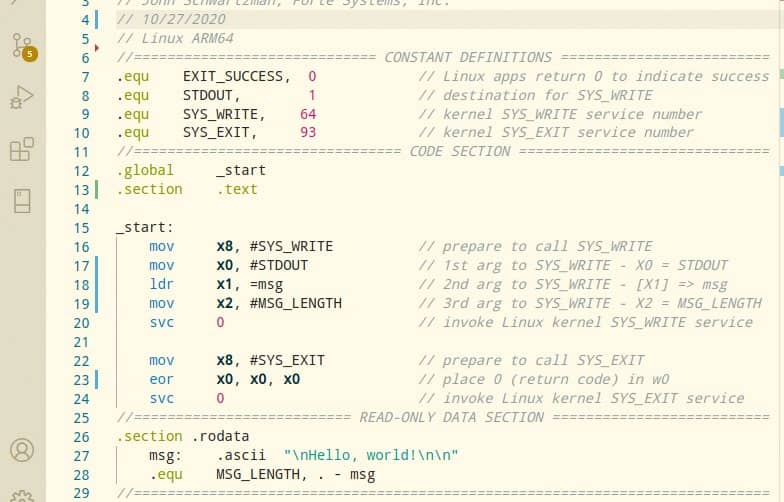
Making use of the kernel
هذه القصة من طبعة February 2021 من Linux Format.
اشترك في Magzter GOLD للوصول إلى آلاف القصص المتميزة المنسقة، وأكثر من 9000 مجلة وصحيفة.
هل أنت مشترك بالفعل؟ تسجيل الدخول
المزيد من القصص من Linux Format

Linux Format
Create your first WebSocket service
Mihalis Tsoukalos explains how to use the Go programming language to work with the WebSocket protocol.
9 mins
April 2023

Linux Format
Fantastic Mr Firefox
Nick Peers takes a trip down memory lane to reveal the story behind the rise - and slight fall - of Mozilla's popular web browser.
9 mins
April 2023
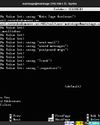
Linux Format
Set up your terminal and email like it's 1983
Jump in the hot terminal time machine with Mats Tage Axelsson who emails from the command line using the latest technology.
8 mins
April 2023

Linux Format
Universal layer text effects with GIMP
Posters use them, films and presentations are hard to imagine without them: text effects. Attract attention with Karsten Günther and GIMP.
8 mins
April 2023

Linux Format
Jump to a federated social network
Nick Peers reveals how you can get up and running with this free, decentralised and non-profit alternative to Twitter.
9 mins
April 2023

Linux Format
Free our SOFTWARE!
Taking anything for granted is dangerous, so Jonni Bidwell and Mike Saunders revisit how the free software movement got started to help free us from proprietary tyranny!
4 mins
April 2023
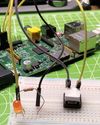
Linux Format
Master RPI.GPIO
Les Pounder goes back to the early days of the Raspberry Pi - and his career with this classic library! -
5 mins
April 2023
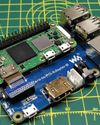
Linux Format
Waveshare Zero to Pi3
Transform your Pi Zero into a Pi 3, they promised Les Pounder, but it's more like adding on go-faster stripes.
2 mins
April 2023

Linux Format
The Best OPEN SOURCE Software Ever!
In an attempt to trigger controversy, Michael Reed and Neil Mohr unequivocally state these are the greatest free software apps ever. Probably. We’re just trying to be helpful.
19 mins
April 2023
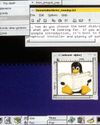
Linux Format
Linux-Mandrake 7
Simplicity and a wide range of applications make this a great distribution for all Linux users.
2 mins
April 2023
